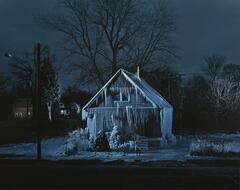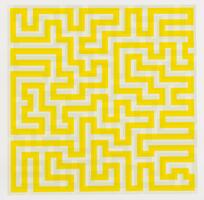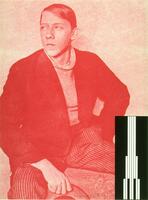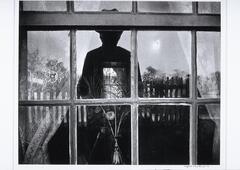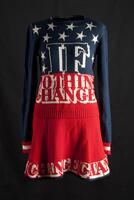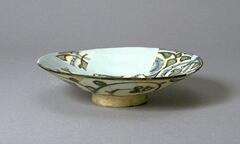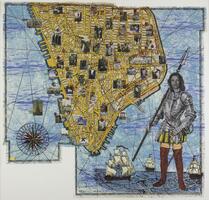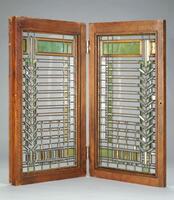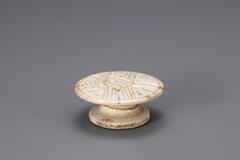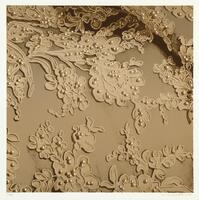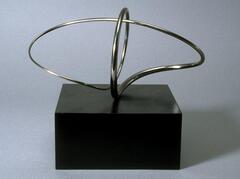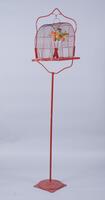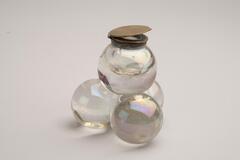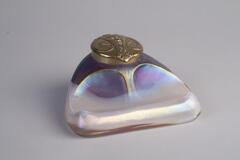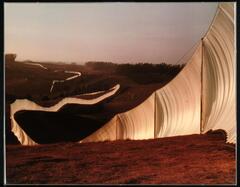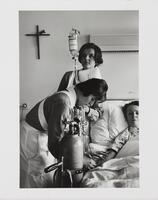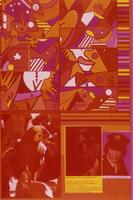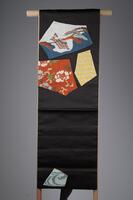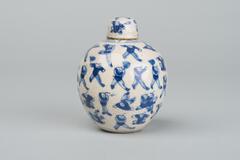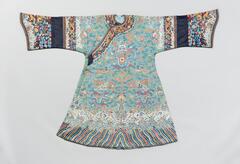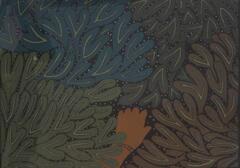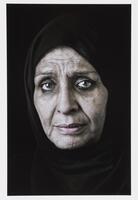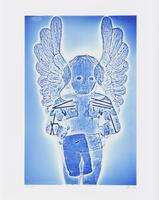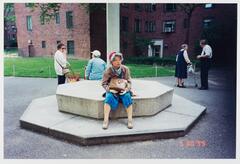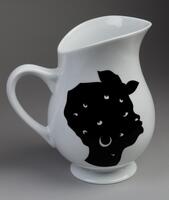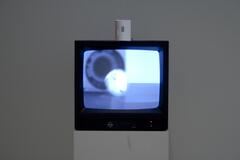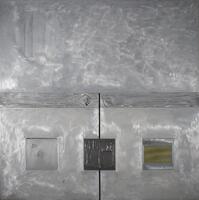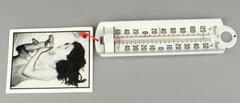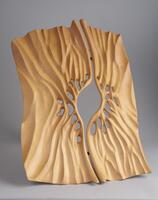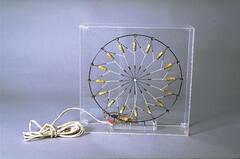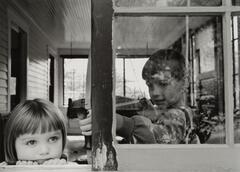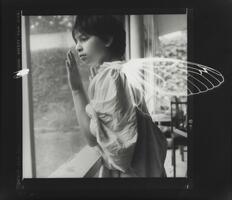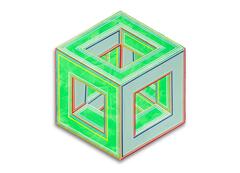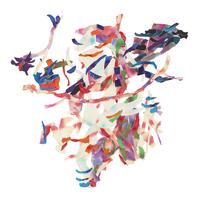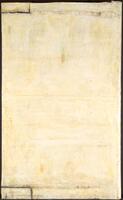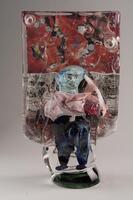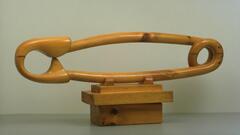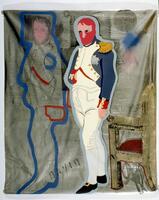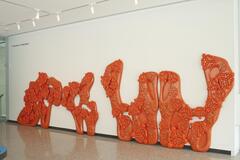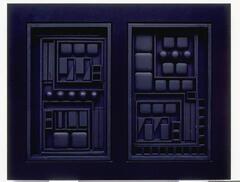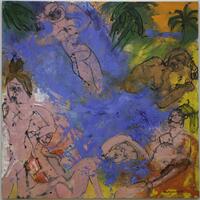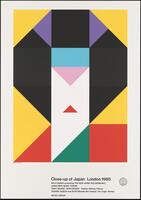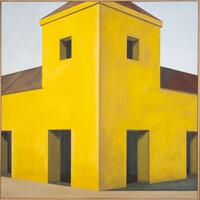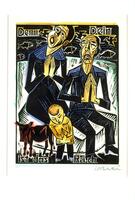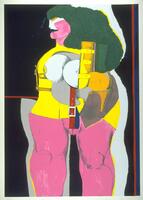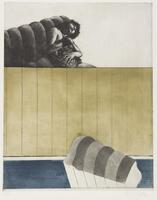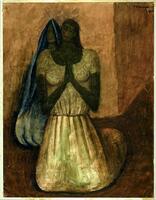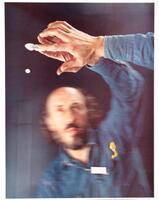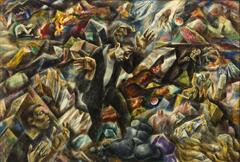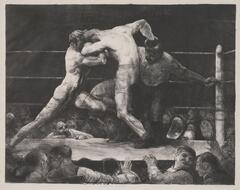Superior In-Person Experience
80 Items in this Learning Collection
Collection Object
Collection Object
Collection Object
Collection Object
Collection Object
Collection Object
Collection Object
Collection Object
Collection Object
Collection Object
Collection Object
Collection Object
Collection Object
Collection Object
Collection Object
Collection Object
Collection Object
Collection Object
Collection Object
Collection Object
Collection Object
Collection Object
Collection Object
Collection Object
Collection Object
Collection Object
Collection Object
Collection Object
Collection Object
Collection Object
Collection Object
Collection Object
Collection Object
Collection Object
Collection Object
Collection Object
Collection Object
Collection Object
Collection Object
Collection Object
Collection Object
Collection Object
Collection Object
Collection Object
Collection Object
Collection Object
Collection Object
Collection Object
Collection Object
Collection Object
Collection Object
Copyright
All Rights Reserved
()
Self-Portrait
Accession Number
1972/1.153
Title
Self-Portrait
Artist(s)
Wynn Bullock
Artist Nationality
American (North American)
Object Creation Date
1971
Medium & Support
gelatin silver print on paper
Dimensions
7 7/16 in x 9 1/16 in (18.9 cm x 23 cm);22 in x 18 in (55.88 cm x 45.72 cm)
Credit Line
Gift of The 831 Photographic Gallery
Label copy
Les Klug, Wynn Bullock, and Richard Hamilton frequently include their reflections in their work, foregrounding the photographer's subjective role in the creation of an image.
Klug combines formal experimentation with a sense of humor in his photomontage Portrait of the Artist at Work and Play. He splices together several different scenes in which he and a mannequin appear and reappear. Creating an impossible and perplexing mise-en-abyme - an infinitely recurring sequence of mirrored pictures within pictures - Klug interrogates the relationship between the photograph and the objective reality it purports to represent.
In Wynn Bullock's self-portrait from 1971, the viewer looks into a dimly lit interior space through a window that reflects Bullock's dark, silhouetted shape. His body frames another, sunlit window visible on the opposite side of the room that obscures the details of his form. These pictorial choices challenge the traditional role of the self-portrait as a means of conveying the artist's identity, while calling out the analogous relationship between the window and the photograph.
Richard Hamilton likewise experiments with the genre of the self-portrait, representing his distorted image in front of and reflected in the chrome surface of a piece of sheet metal. Hamilton photographs himself in the act of painting white and yellow daubs of pigment across his own reflected portrait - thus framing the act of creation as the subject of the photograph.
Subject matter
This photograph depicts a view into a window of a house, where the shadow of the photographer, the reflected world behind him, and the interior beyond the window all are visible. These layers serve to confuse and compress the inside, outer, and reflected worlds into the single dimension of the photograph, creating a disorienting perspective. The wooden slats separating the window panes are weathered and chipping. On either side of the window hang two white lace curtains, each drawn to the side. On the other side of window in the center of the photograph is a glass bottle filled with flowers and peacock feathers. This bouquet bursts upwards into the photographer’s reflected body, beyond which a window at the far side of the room gleams in the dark interior. This window stands at the center of the photographer’s reflection, who appears to be looking downwards, most likely at his camera. Behind him runs a picket fence and the shapes of trees beyond. The fusion of these pictorial elements create a powerful image filled with metaphorical and poetic significance, and is representative of the inner and outer worlds of the photographer’s vision.
Physical Description
This photograph depicts a window of a house with the photographer’s reflection cast in it. Also visible in the reflection are the white picket fence and trees behind the photographer, as well as objects inside the interior of the house.
Primary Object Classification
Photograph
Collection Area
Photography
Rights
If you are interested in using an image for a publication, please visit http://umma.umich.edu/request-image for more information and to fill out the online Image Rights and Reproductions Request Form. Keywords
bouquets
curtain
curtains (window hangings)
feathers (animal components)
fences
flower (plant material)
flowers
lace pattern
modern and contemporary art
panes (architectural elements)
picket fences
reflections
reflections (perceived properties)
self-portraits
vases
window
window frame components
1972/1.153
Title
Self-Portrait
Artist(s)
Wynn Bullock
Artist Nationality
American (North American)
Object Creation Date
1971
Medium & Support
gelatin silver print on paper
Dimensions
7 7/16 in x 9 1/16 in (18.9 cm x 23 cm);22 in x 18 in (55.88 cm x 45.72 cm)
Credit Line
Gift of The 831 Photographic Gallery
Label copy
Les Klug, Wynn Bullock, and Richard Hamilton frequently include their reflections in their work, foregrounding the photographer's subjective role in the creation of an image.
Klug combines formal experimentation with a sense of humor in his photomontage Portrait of the Artist at Work and Play. He splices together several different scenes in which he and a mannequin appear and reappear. Creating an impossible and perplexing mise-en-abyme - an infinitely recurring sequence of mirrored pictures within pictures - Klug interrogates the relationship between the photograph and the objective reality it purports to represent.
In Wynn Bullock's self-portrait from 1971, the viewer looks into a dimly lit interior space through a window that reflects Bullock's dark, silhouetted shape. His body frames another, sunlit window visible on the opposite side of the room that obscures the details of his form. These pictorial choices challenge the traditional role of the self-portrait as a means of conveying the artist's identity, while calling out the analogous relationship between the window and the photograph.
Richard Hamilton likewise experiments with the genre of the self-portrait, representing his distorted image in front of and reflected in the chrome surface of a piece of sheet metal. Hamilton photographs himself in the act of painting white and yellow daubs of pigment across his own reflected portrait - thus framing the act of creation as the subject of the photograph.
Subject matter
This photograph depicts a view into a window of a house, where the shadow of the photographer, the reflected world behind him, and the interior beyond the window all are visible. These layers serve to confuse and compress the inside, outer, and reflected worlds into the single dimension of the photograph, creating a disorienting perspective. The wooden slats separating the window panes are weathered and chipping. On either side of the window hang two white lace curtains, each drawn to the side. On the other side of window in the center of the photograph is a glass bottle filled with flowers and peacock feathers. This bouquet bursts upwards into the photographer’s reflected body, beyond which a window at the far side of the room gleams in the dark interior. This window stands at the center of the photographer’s reflection, who appears to be looking downwards, most likely at his camera. Behind him runs a picket fence and the shapes of trees beyond. The fusion of these pictorial elements create a powerful image filled with metaphorical and poetic significance, and is representative of the inner and outer worlds of the photographer’s vision.
Physical Description
This photograph depicts a window of a house with the photographer’s reflection cast in it. Also visible in the reflection are the white picket fence and trees behind the photographer, as well as objects inside the interior of the house.
Primary Object Classification
Photograph
Collection Area
Photography
Rights
If you are interested in using an image for a publication, please visit http://umma.umich.edu/request-image for more information and to fill out the online Image Rights and Reproductions Request Form. Keywords
bouquets
curtain
curtains (window hangings)
feathers (animal components)
fences
flower (plant material)
flowers
lace pattern
modern and contemporary art
panes (architectural elements)
picket fences
reflections
reflections (perceived properties)
self-portraits
vases
window
window frame components

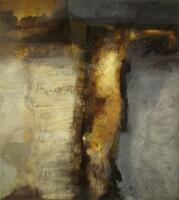
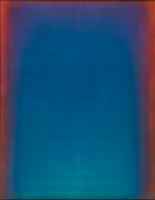

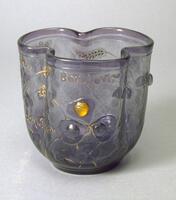
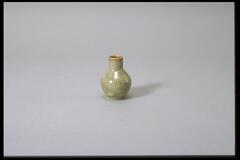
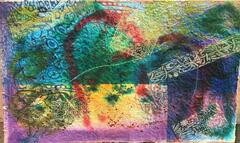
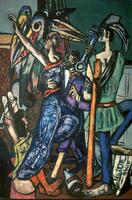
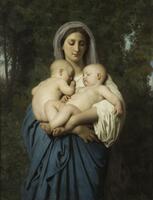

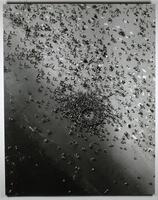

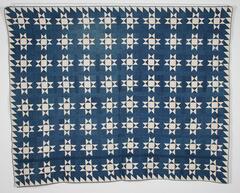
![A clear glass bubble rests on the bowl of a plain white clay pipe. Along the stem of the pipe are the words, "Ce que [sic] manque à nous tous." A clear glass bubble rests on the bowl of a plain white clay pipe. Along the stem of the pipe are the words, "Ce que [sic] manque à nous tous."](/media/W1siZiIsIjIwMjIvMDkvMjQvMmR5MHViN2o5Yl9kZWZhdWx0LmpwZyJdLFsicCIsInRodW1iIiwiMjQweDIwMCJdXQ?sha=e23a50659ff4d560)
